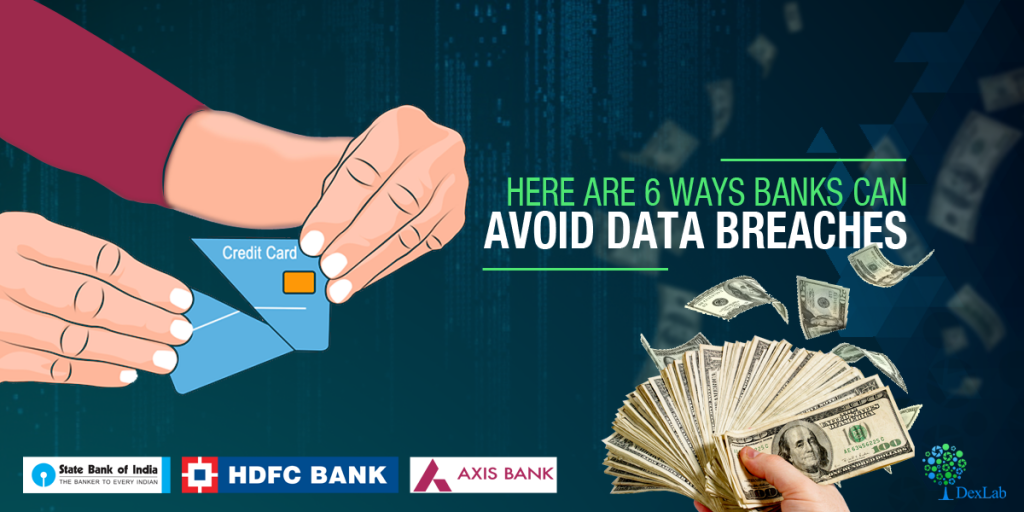Hackers when combined with data breaches make a lethal combination for small banks. The recent attack on major Indian banks is a good example of why that should be necessary for banks.
When a major hack or data breach occurs small banks have a lot more to lose than the larger banks. They face a battle for climbing uphill to win back the lost trust of customers. And the component of customer trust is a core value proposition for small and medium sized banks. Moreover, they have a bigger shortcoming at their disposal rather than large financial institutions.
The incidents of data loss are on the rise all over the world and for most of these events unscrupulous hackers are responsible. Such were the information obtained from KPMG International. These criminals are targeting financial services because that is where they can get the capital for their acts of hatred. And on the aspect of exposure, small and large financial institutions have the same exposure as others.
Cyber-attacks are devastating deals which roll at least one to two punches to regional and small banks. Firstly, because small and regional banks have a fewer assets so a loss of multi million dollars is a major toll on them. As they form a large percentage of their assets which drain a bigger amount to their coffers. Secondly, these banks try to maintain a strong relationship with their customers, and an incident of data loss will be viewed as a betrayal of customer trust which will prompt them to take their banking somewhere else. As per a study conducted by Ponemon, organizations have suffered great amount of loss in terms of both time and productivity which is usually followed by a loss of reputation amounting to an average cost of USD 840,000.
Then how can small and regional banks reduce their risk of breach? Here are the six steps to jumpstart bank’s security plan:
You must manage information assets like all other types of assets:
Make a chart of your bank’s data life cycle and take note of how it is collected, accessed and stored. Pay attention to the security aspect if it is sensitive data. Only collect information that is absolutely necessary, maintain the data that is required to be available, secure and manage all accesses with due diligence. Shift the data that does not need to be accessed to a location with no or limited external access, and dispose of unnecessary data which is no longer necessary.
Run a security analysis:
Make sure you team up with an experienced data risk security advisor who will thoroughly evaluate your data risks. This will further reveal the weak areas of your firm before they can be exploited and will also help to identify areas that will require immediate attention and resources. Ensure to follow through for top recommendations to make progress.
Hire a security officer:
Information technology and information security are completely different concepts. Both these concepts are necessary, but when expecting the IT department to satisfy the requirements of the information security personnel, are highly ill advised. All ISOs are required to report at least quarterly to the management for maintaining momentum and visibility as this security program evolves.
Educate your workers about right security practices:
Would you like your workers to be individual points of exposure or do you want them to be points of protection? Equip them with knowledge and procedures to execute the security plan. But do not just stop there. Make sure you publish quarterly and monthly reminders for maintaining security concerns at the top of your mind.
With regular practice these exercises will become a regular exercise for your bank, as security maintenance needs to be a routine affair it should become a common phrase of – “just how we work”.
Keep a close eye on your social media exposure:
Problems abound when employees over share, without proper guidance to social media websites, and great risks may arise due to such activities. A network engineer posts with all his experience with specific operating systems, routers and firewalls. So, he can promptly map one’s network for any potential threat from an intruder.
Also on similar lines, an employee’s resume details on networking websites like LinkedIn can inadvertently expose the company to a security breach.
Keep your data access limited to only those who must know:
System policies are well-equipped to manage paper and electronic data which will include security measures and audits. The human element however, is further out of control. So in conclusion, it is important to allow access only to necessary data, and they must be deliberate about how it is used and shared.
In conclusion:
Security need not be cumbersome, complex or expensive. Such small steps can go a long way for shoring up one’s defences against cyber threats.
Interested in a career in Data Analyst?
To learn more about Machine Learning Using Python and Spark – click here.
To learn more about Data Analyst with Advanced excel course – click here.
To learn more about Data Analyst with SAS Course – click here.
To learn more about Data Analyst with R Course – click here.
To learn more about Big Data Course – click here.
